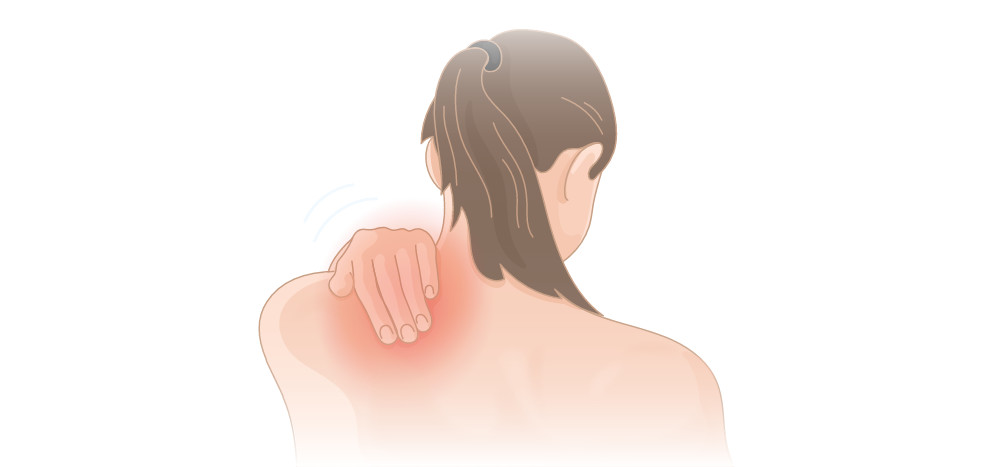
The shoulder is made up of several joints combined with the muscles and tendons. They help the shoulder perform a vast range of motions in the arm—from throwing the perfect pitch to scratching the back. However, mobility has a price. In some cases, it can lead to instability issues and impingement of the bony structures or soft tissue in the shoulder.
Anatomy of the Shoulder
The shoulder is composed of 3 bones: the humerus (upper arm bone), scapula (shoulder blade), and the clavicle (collarbone). The upper bone’s head fits into the shoulder blade’s rounded socket. The socket is known as the glenoid.
A combination of tendons and muscles keeps the arm bone centered in the shoulder socket. The tissues are known as rotator cuff. The rotator cuff covers the head of the upper arm bone and attaches it to the shoulder blade.
Common Causes of Shoulder Pain
Shoulder pain treatment that will be recommended by the doctor will depend on the cause of the condition. That means frozen shoulder treatment recommended will be different from recommended treatment options for shoulder issues caused by arthritis or fracture.
Most problems with the shoulder are classified into 4 categories:
Tendon inflammation or tendon tear (tendinitis or bursitis)
Arthritis
Instability
Broken bone (fracture)
Tendinitis
The cord that connects the muscle to the bone is called the tendon. Tendinitis is often the result of tendon inflammation. There are two types of tendinitis:
Acute – Excessive ball throwing as well as other overhead activities can lead to acute tendinitis.
Chronic – Degenerative diseases like repetitive wear and tear as well as arthritis can lead to chronic tendinitis.
Bursitis
The small fluid-filled sacs that are found in the joints throughout the body (including the shoulder) is called bursae. They also function as cushions between the overlying soft tissues and the bones. They also work by ensuring there is minimal friction between the bone and the gliding muscles.
In some instances, excessive shoulder use can result in swelling and inflammation of the bursa situated between the acromion and the rotator cuff. This condition is referred to as subacromial bursitis.
Impingement
When the acromion puts pressure on the underlying soft tissues, a shoulder impingement can occur. As the arm is lifted, the acromion can impinge on the rotator cuff tendons and bursa. This scenario can result in tendinitis and bursitis which causes pain as well as limited movement.
Arthritis
Shoulder pain can also be attributed to arthritis. While there are many different types of arthritis, the most common type that develops in the shoulder is osteoarthritis. This condition is also commonly referred to as wear and tear arthritis.
Common symptoms of osteoarthritis include stiffness, swelling, and pain. This condition often affects middle-aged individuals. While osteoarthritis can develop gradually, the pain it causes can worsen with time.
Osteoarthritis can be caused by work or sports injuries as well as chronic wear and tear. Other types of osteoarthritis are linked to infection, rotator cuff tears, and joint lining inflammation.
Tendon Tears
The tearing and splitting of tendons can be the result of degenerative changes or acute injury. The tears can be partial or at times, severe enough to completely separate the tendon from the bone. Biceps tendon injuries as well as rotator cuff injuries are considered among the most common.
Instability
Shoulder instability happens when the upper arm bone’s head is forced out of the shoulder socket. This can occur as a result of overuse or sudden injury. Shoulder dislocations can be partial. This condition is called subluxation.
Once the tendons, muscles, or ligaments around the shoulder have become torn or loose, dislocations can happen repeatedly. Recurring dislocations will not only cause pain, it can also result in unsteadiness when the arm is raised or moved away from the body.
